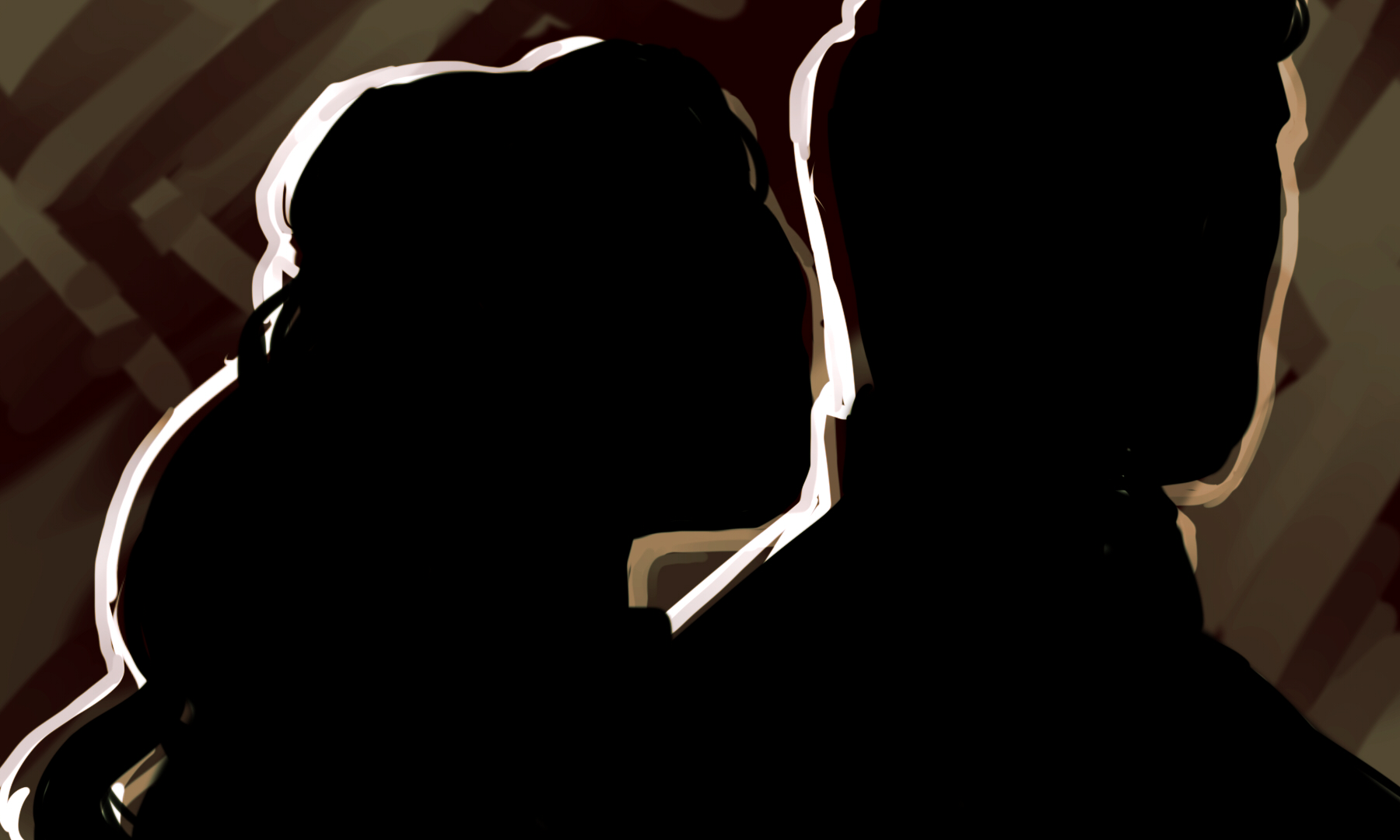Since its premiere, the fanbase for the television series “A Discovery of Witches” has been growing at a rapid rate. The show has a 100 percent rating on Rotten Tomatoes, an 8.2/10 on IMDB and a 4.9/5 on Sundance Now. To say the least, it has been a successful adaptation of a beloved book series.
The show premiered on Sky One, a British channel, last September. Following its success, the “A Discovery of Witches” later began streaming on Sundance Now and Shudder in order to be accessible to audiences outside of Britain. Following yet another extreme success, AMC and BBC America are now currently airing the series to garner even more of a following.
Yet, the entire series, which has already been signed for a Season 2 and Season 3, is based on the “All Souls” trilogy written by Deborah Harkness, which should be given a moment of praise if you want to better understand the wondrous world of the TV show.
The novel, dubbed a historical fantasy, was released in 2011, and at that moment, audiences were introduced to the world of “A Discovery of Witches” and Diana Bishop, a Yale professor studying the history of science, or alchemy, currently visiting Oxford University to conduct her research. By the way, she is a witch. This aspect of her identity is one she has chosen to deny and repress after the death of both of her parents when she was a child. She has never been adept at magic either, sealing her choice to deny her magical side.
Within the structure of the first novel, Bishop’s life turns upside down when she discovers an ancient book, “Ashmole 782,” within the walls of the Bodleain Library. Upon making contact with the book, her magic comes roaring back to life. Through this book’s reappearance, the creature life — vampires, witches and demons — has reenergized. It would seem the whole of Oxford’s creature community has been waiting for this book to be found, because it may contain the origin of their creation. One among the bunch is Matthew Clairmont, a vampire who is also a professor at All Souls College at Oxford University studying genetics.
Clearly, from their first meeting, Clairmont and Bishop have searing romantic tension between them, but there is a divide standing between the two — a longstanding rule that no two creatures will become involved with one another, enforced by the Congregation, a panel of three witches, three vampires and three demons. This governing body exists in order to maintain the secrecy and safety of all creatures.
The logic behind the rule holds that too many creatures together can draw the attention of humans. The Salem witch trials exemplified what could happen to witches if humans became aware of their existence, and Bishop is actually a descendent of two incredibly powerful lines of witches stemming all the way back to Salem.
But, Bishop receives threats from her own kind, witches — threats that aim to force her to return to the Bodleain to retrieve the manuscript and turn it over to the witches, who claim to be the only species that can properly handle the occult within the text. And so the adventure begins to discover the secrets held within the book, the three missing pages of the manuscript and maybe, just maybe, to discover the origin of all creature species.
So why has this story been so successful in both a novel and television format?
Bishop’s story moves the genre of witches and vampires into a more reality-based and tangible universe (no offense to “Twilight” or “Vampire Diaries”). Also, instead of simply basing the story around the existence of magical beings, Harkness creates a universe that feels real in its excruciating details and attention to history.
This makes total sense when you consider Harkness’ background. She is a history professor at the University of Southern California where she teaches both European history and the history of science. So, her knowledge of the occult, magic and alchemy is actually based in her real-life scholarly studies.
Beyond having historically based characters and historical events infiltrating the plot line of the story, which — spoiler alert — does involve time travel, Harkness is able to create a magical world that, in having so many layers, becomes believable. This believability seems to sometimes be lost in current fantasy novels, and in all honesty, there are so many.
The “A Discovery of Witches” series has further built upon the foundation the novels have created by adding its own individual additions to Harkness’ creation. For example, the novels remain in the realm of Bishop’s individual story and her viewpoint, whereas the television show is afforded the opportunity to explore timelines outside of Bishop’s. Clairmont’s concurrent timeline away from Bishop is explored, and characters that play pivotal roles in the events that happen to Bishop are explored and given screen time in their own right.
And perhaps the strongest difference in the world of “A Discovery of Witches” resides in its core romantic relationship between Bishop and Clairmont. Their relationship is heavily based in an intellectual and person-centered attractiveness versus the instant connections that seem to have become staple in a lot of fantasy works. Also, Bishop calls Clairmont out on his flaws and any behavior she deems unworthy of herself while demanding the respect she deserves — a far cry from the “damsel in distress” trope.
So, if you are looking for a new series that includes all the magic and wonder you love while adding a unique substance and gravity to the genre, “A Discovery of Witches” should be your next TV show obsession.
















